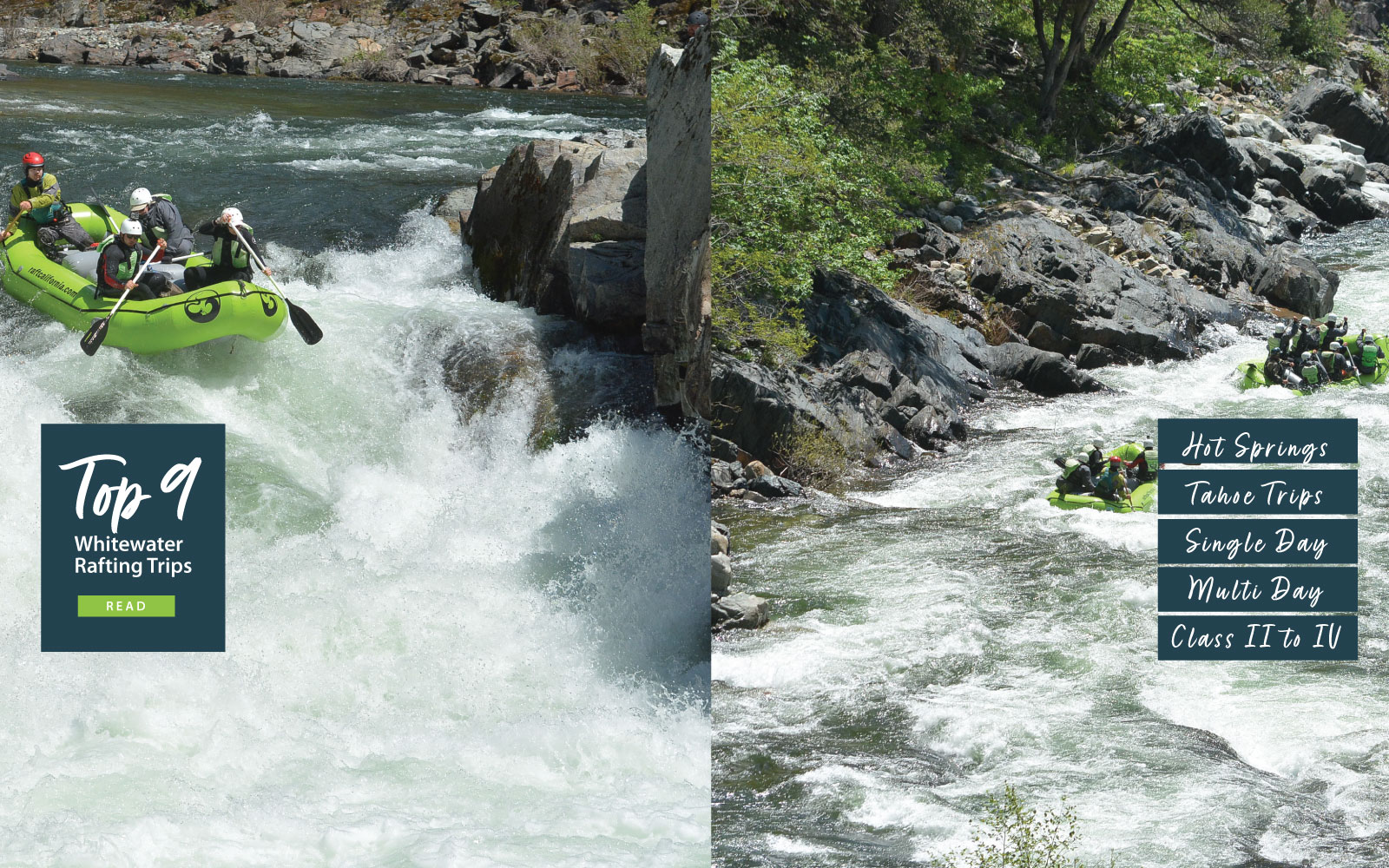
Spring is officially in full swing, the change in season is dynamic, and its effects ripple through the environment. The days become longer, and the sun’s rays become more concentrated in the northern hemisphere. Temperatures increase and precipitation turns from snow to rain. The snowpack in the mountains begins to decrease rapidly and the last several months of snowfall melt away to the closest tributary. Ski areas start closing and the skis and boards slowly get put away for the warm weather ahead.
- Related: Tributary Whitewater, CA, Partners With Local Business for Unique Specialty Trips – SnowBrains
The snowmelt turns from a trickle down the mountain to a collective surge of roaring whitewater, carving its path and joining at a confluence with one another. The snowmelt forms some of the wildest whitewater in the states. One season ends, and another begins; the guides at Tributary Whitewater can’t wait to hop on the river with a boat full of stoked guests.
Tributary Whitewater relies on the Sierra Nevada Mountain Range in California to produce adrenaline-pumping adventures. More specifically, Tributary relies on the snowmelt, and if you aren’t familiar with the Sierras, they are a volatile range when it comes to snowfall. In some winters snowfall isn’t significant enough to produce a river that can be run, while other winters develop a massive snowpack that leads to insane heavy-hitting rapids. Thanks to a legendary March, the Sierra’s snowpack is just over 100% of the historical median.
This spring and summer, the Sierra’s snowmelt is going to make for incredible rafting. When the snowmelt is good, picking which trip to run is a tough choice. We’ll break down Tributary’s top nine trips that rip the heavy Sierra Nevada snowmelt. In no particular order, here are the top 9 trips to check out this season.
The North Fork American River
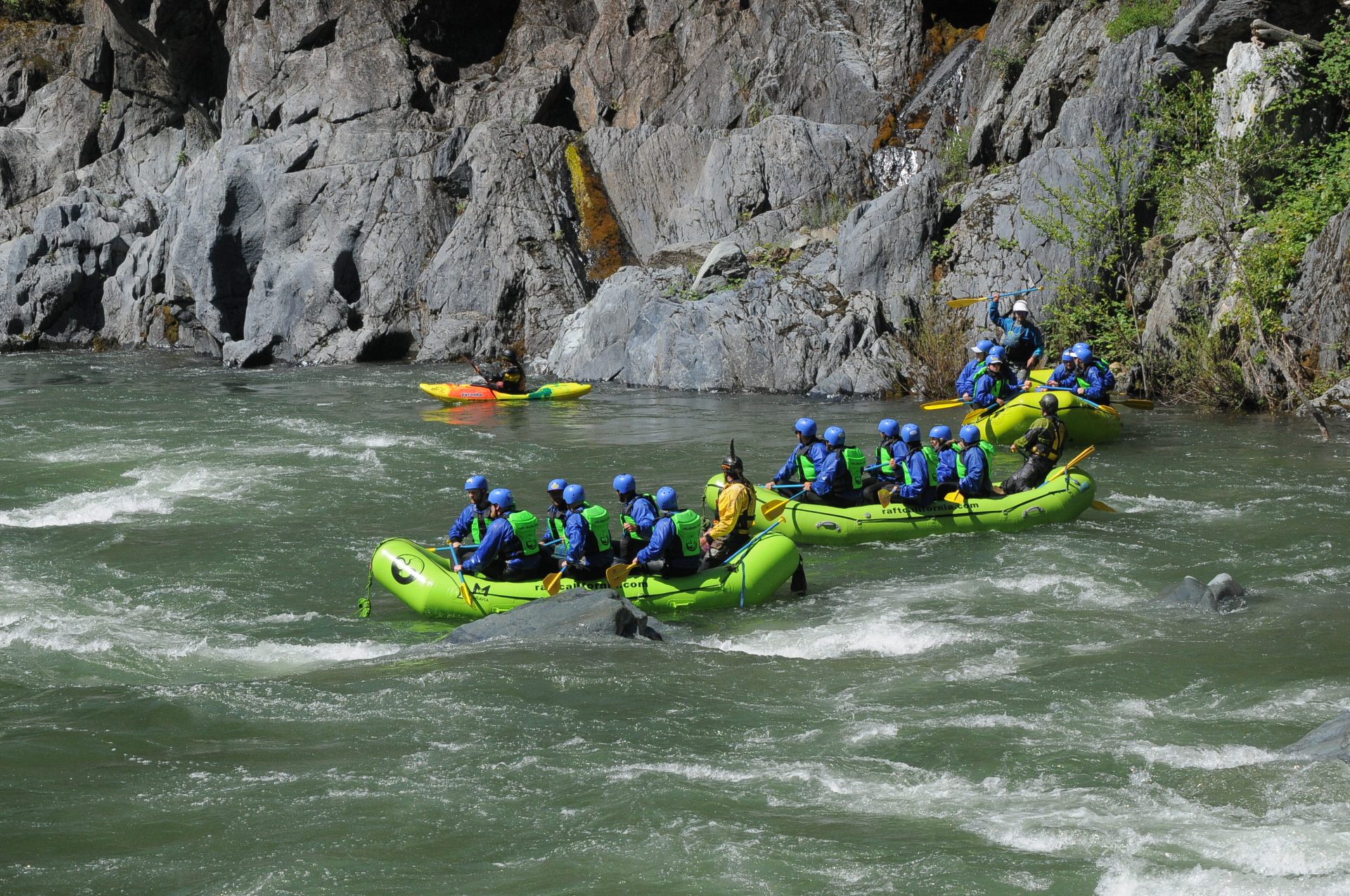
The North Fork American River starts its journey west from the headwaters in the Granite Chief Wilderness between the ski areas of Sugar Bowl and Palisades Tahoe. From April-June run class 3-4 rapids in some of the most beautiful scenery in Northern California. The North Fork is free-flowing so the snowpack in the Sierras greatly impacts the flows of this section in the spring. Because of its dependency on the snowpack, the North Fork is not run every season, fortunately, the Sierras have received a healthy dose of snowfall this year allowing the North Fork to be run.
1. 1-Day Rafting Trip: North Fork American River
Tributary meets guests at Crooked Lane Brewery in Auburn, CA. The exclusive partnership offers a safe and convenient meeting location as well as a welcoming place to cheers a successful adventure upon return. From the onset, the North Fork has consecutive rapids that will keep you paddling hard and holding on tight.
The Middle & Lower Middle Fork American River
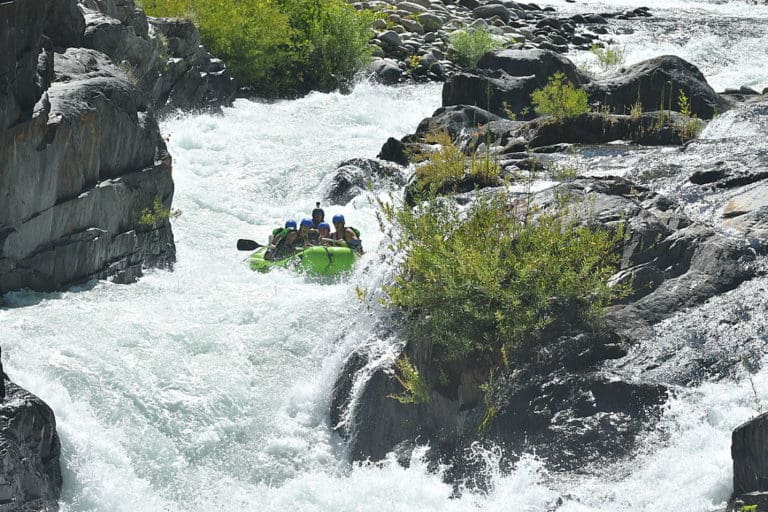
The Middle and Lower Middle Fork of the American River share headwaters with the North Fork in the Granite Chief Wilderness. The Middle Fork is the rowdier of the two, filled with Class 3-4 rapids and non-stop action. While on the other hand, the Lower Middle Fork is much more relaxed and perfect for younger children.
2. 2-Day Raft and Wilderness Trip: Middle Fork American River
3. ½-Day Rafting Trip: Lower Middle Fork American River
Another distinguishing feature is the river’s scenic beauty and diverse ecosystems. Several tributaries of the American River, including the Lower Middle Fork section, flow through the stunning Sierra Nevada foothills, surrounded by lush forests and rugged terrain where they eventually converge and spill into Folsom Lake. The American River is a critical habitat for Chinook salmon and steelhead trout, and its riparian zones are home to numerous bird species. The combination of historical heritage, scenic beauty, and ecological diversity makes the Lower Middle Fork and Middle Fork of the American River a unique and multifaceted destination.
The South Fork American River
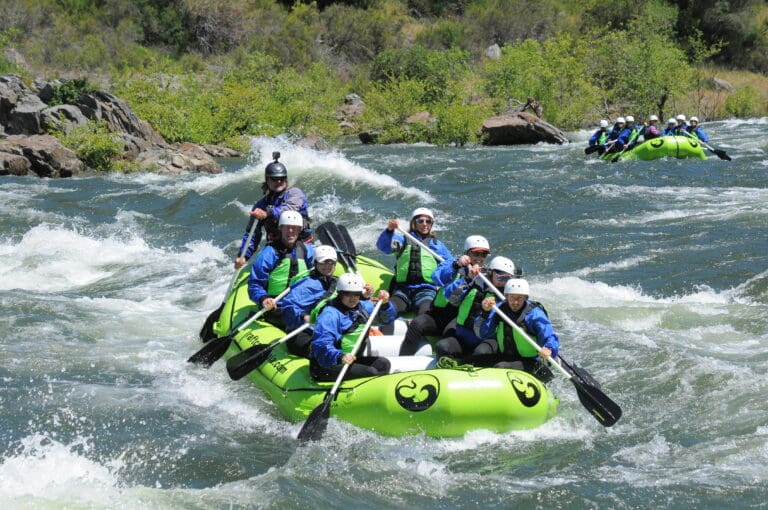
The South Fork of the American River originates in Desolation Wilderness, high in the Sierra Nevada Mountains. Starting approximately 5 miles east of Sierra at Tahoe Resort and fed by winter snowmelt, this river meanders westward, weaving through pine forests, granite landscapes, and charming mountain communities. Along its course, the South Fork is joined by numerous creeks, encompassing a watershed of about 840 square miles.
The South Fork American River rafting trips are some of the most popular in California and for a good reason. Run the South Fork from May into September. Although the river is fed from snowmelt in the Sierras it is also dam-controlled, meaning it maintains a flow between 1,200 to 8,000 cubic feet per second (cfs). Tributary features many trips on the South Fork, but here we have highlighted the 2-day raft and camp trip and the half-day gorge trip.
4. 2-Day Raft & Camp Wilderness Trip: South Fork American River
5. ½-Day Afternoon Gorge River Rafting: South Fork American River
The North Yuba River
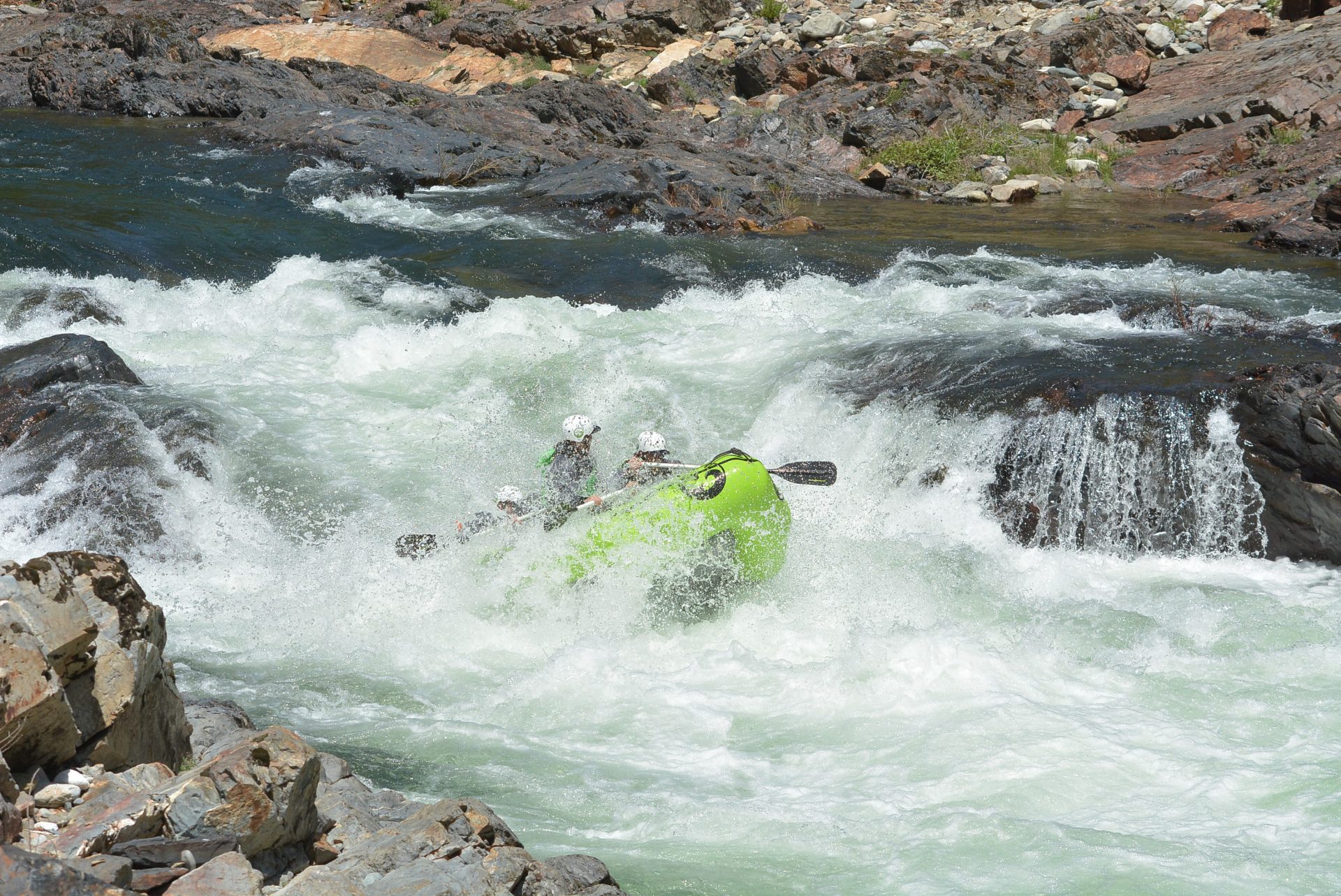
The North Yuba River is fed by the snowmelt from the peaks of the Sierra Buttes. The Sierra Buttes is a popular area northwest of Lake Tahoe for hiking, backcountry skiing, and other outdoor recreation. The North Yuba runs through the Tahoe National Forest and is located near the mining towns of Downieville and Sierra City. The time frame to raft this section is between April and May and is short due to its dependency on the Sierra Buttes’ snowmelt. This wild river is uncrowded as there are only three outfitters that possess permits to raft the North Yuba. Tributary offers two incredible trips on the river, a single-day trip or a two-day trip.
6. 1-Day Rafting Trip: North Yuba River
7. 2-Day Rafting Trip: North Yuba River
The North Yuba River is a California classic. Check out the giant polished granite boulders and emerald, green water that cascades perfect for whitewater paddlers during high spring flows, transforming to idyllic swimming holes in the warm summer months. The North Yuba trips are great for those looking to charge some exhilarating Class II to Class IV rapids. The stretch between Downieville and Goodyears Bar is particularly popular, offering adrenaline-pumping whitewater rafting amid breathtaking natural scenery.
The Truckee River
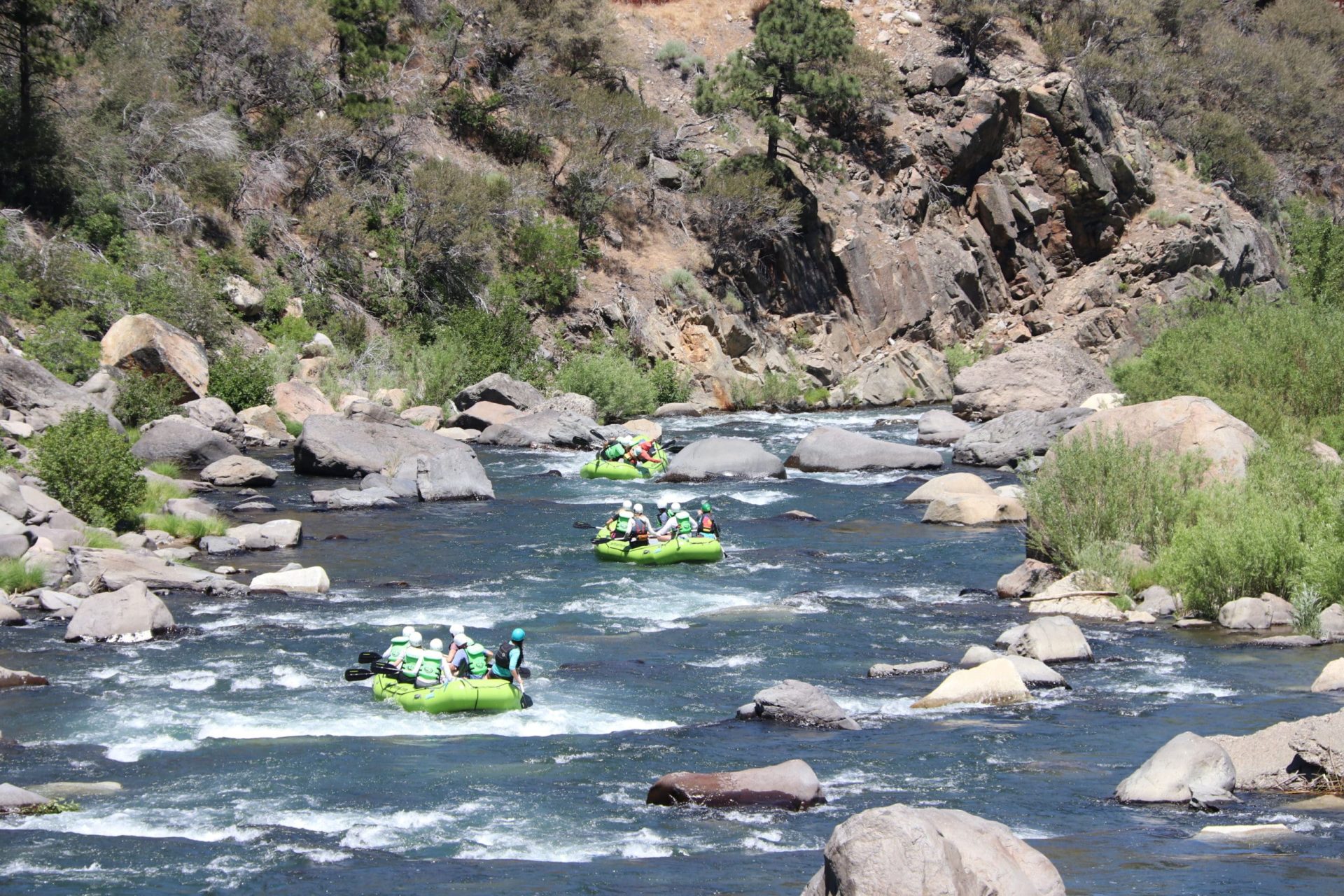
Just 20 minutes north of Lake Tahoe, hop on the Truckee River and crush rapids all summer long. The Truckee River flows for 121 miles from the outlet of Lake Tahoe in California, into Nevada, through the city of Reno, until it terminates at Pyramid Lake, and it is the only source of surface-water outflow from Lake Tahoe. The majority of the streamflow in the Truckee River comes from the Sierra Nevada snowpack. In many ski areas such as Palisades Tahoe, Homewood Mountain Resort, Diamond Peak, Heavenly Mountain, and others snowmelt drains to Lake Tahoe which then flows into the Truckee River.
As mentioned, the Truckee runs all summer (May-September) and is full of whitewater adventures featuring Class 2-3+ rapids. In peak season, Tributary runs 2 trips a day, one in the morning and another in the afternoon, both launching from the Truckee River RV Park just outside of Truckee, CA. The Truckee River rafting trips run the Boca to Floriston section during peak summer with guaranteed flows. In high snowpack years, rafting trips on the Verdi section are also available during the snowmelt/spring season.
8. 1/2-Day Rafting Trip: Truckee River
The East Fork of the Carson River
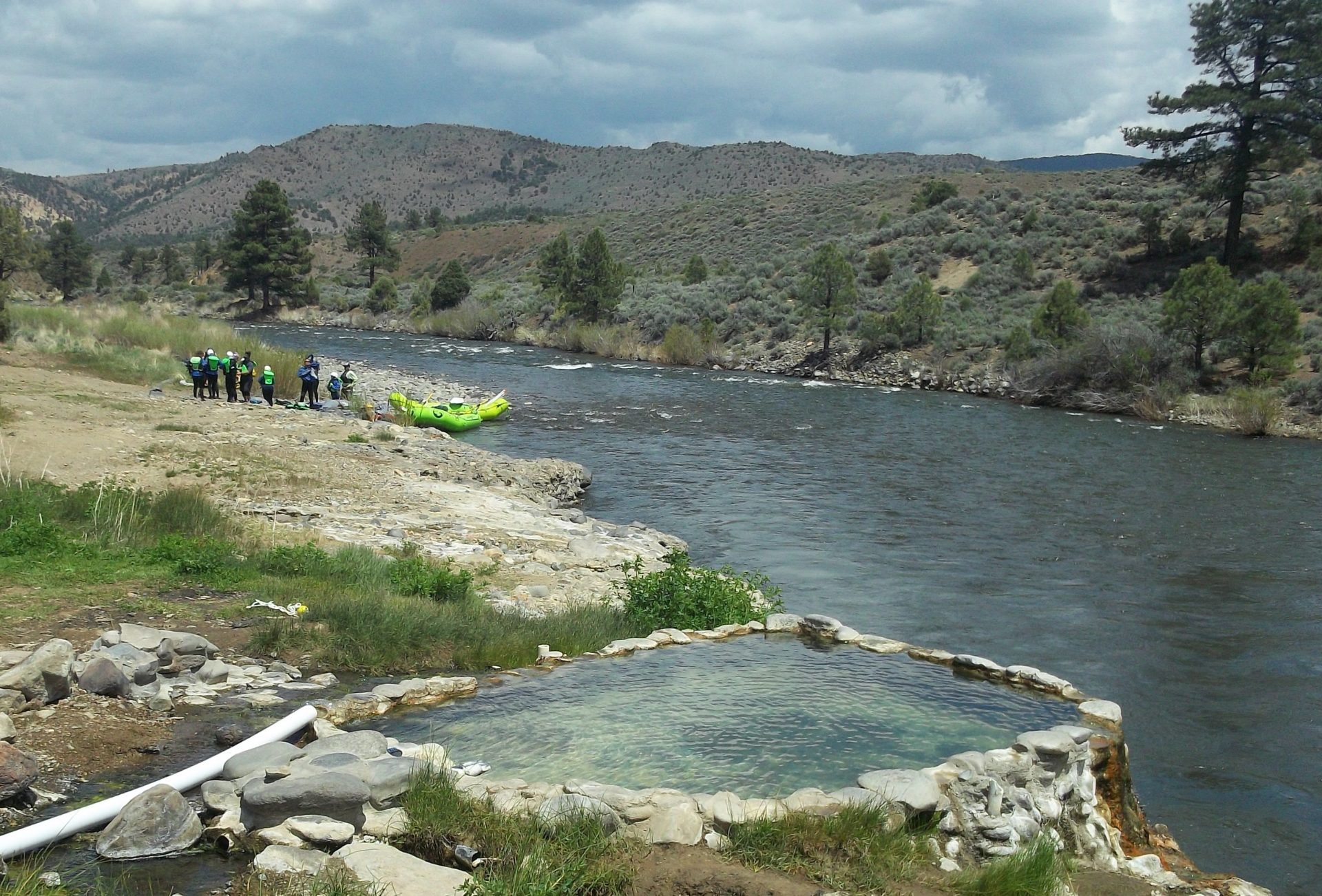
Near South Lake Tahoe is the East Fork of the Carson River. Running off only snowmelt alone, the source of the East Fork originates at Sonora Peak, in the Sierra Nevada. The headwaters of the river are in the Carson-Iceberg Wilderness of the Humboldt-Toiyabe National Forest. In fact, the gorge of the East Fork was formed by an 18-mile-long glacier at the base of the 11,500-foot Sonora Peak that scoured the canyon, leaving behind riverine terraces with round boulders as it melted.
Tributary is one of two outfitters that holds a permit to raft the East Fork of the Carson River. The river’s dependence on the Sierra’s snowmelt, the river can only be run between April and May. The 2-day East Carson River rafting trip flows for 21 miles with mellow Class II+ rapids. This river doesn’t run every year (due to water levels), but the massive storm in March guaranteed that the East Fork will be run this season.
9. 2-Day Rafting Trip Raft, Camp, and Soak in Hot Springs: East Fork Carson River
Honorary Mention: The Owyhee River
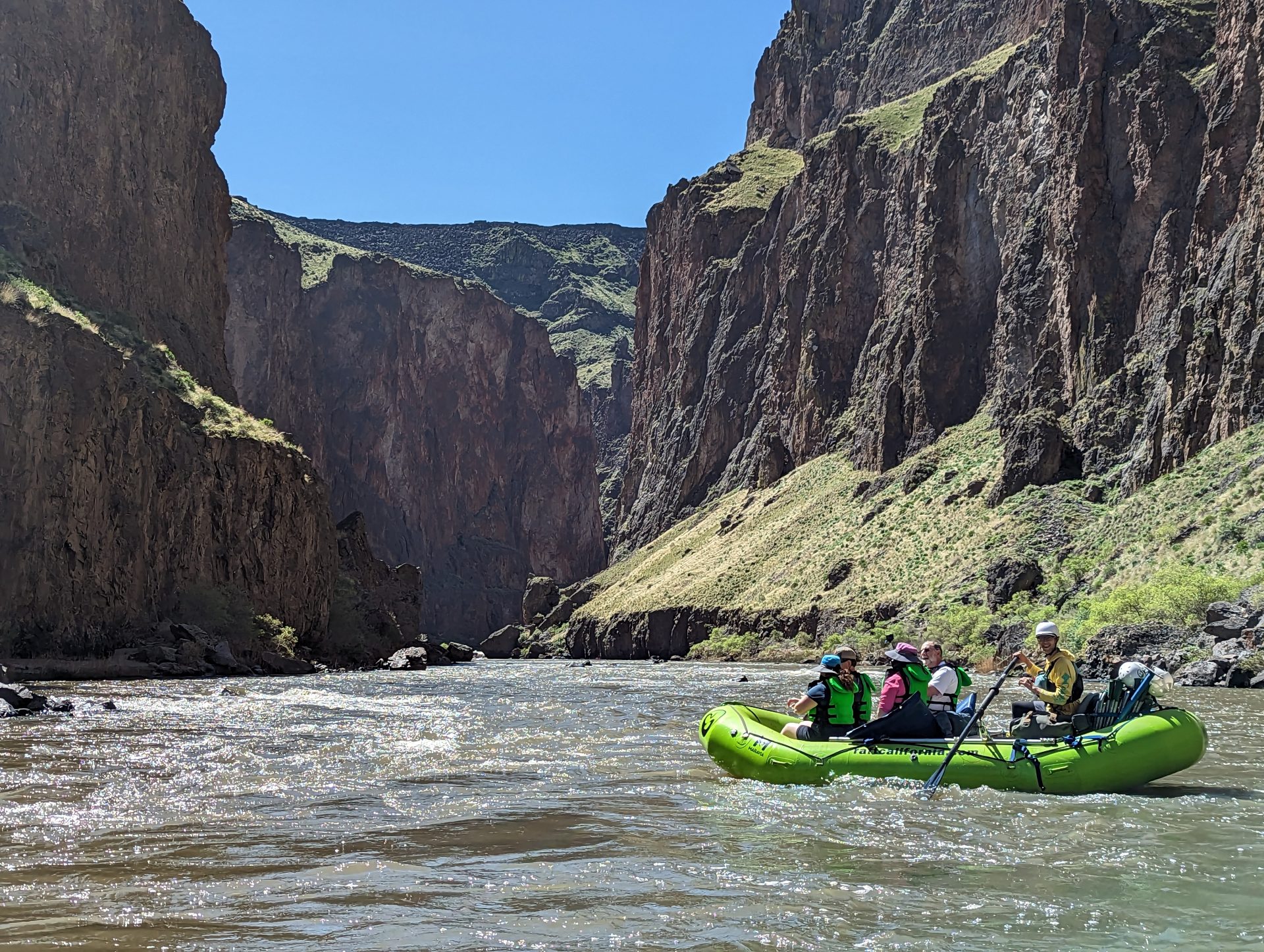
The Owyhee River may not be sourced from the Sierra Nevada, but its dependency on snowmelt propels this river to make the honorable mention. The headwaters of the Owyhee River are found in Elko County in northeastern Nevada. The Owyhee is another river that can only be run when the snowmelt permits it and is typically only run in April. Slicing through one of the most recent upliftings from the Yellowstone hotspot, the Owyhee offers unparalleled geological sightseeing and natural hot springs. Truly a bucket list rafting trip.
4-Day Wilderness River Raft Trip Owyhee River
With the rafting season upon us, take your turns from the Sierras to the river. Understanding the effects snowfall and precipitation have on rafting in the spring and summer emphasizes the impact a few winter storms have on the people recreating in that region. It shows us just how connected we truly are.